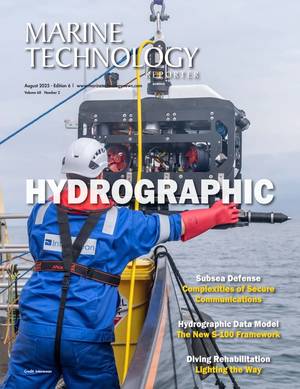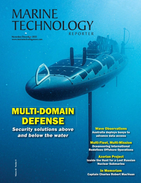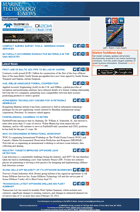Sonardyne Technology Selected for New Oceanographic Research Vessels
Underwater positioning and tracking technology from Sonardyne has been chosen for three new oceanographic research vessels being built under the US' National Science Foundation (NSF) Regional Class Research Vessel (RCRV) construction program.
Led by Oregon State University, the RCRVs are being built for the US' Academic Research Fleet (ARF), enabling a new era of coastal and regional marine science.
To support the RCRV's scientific missions, across diverse marine environments, Oregon State University selected Sonardyne's Ranger 2 Gyro USBL 7000, engineered to meet both the demanding, multidisciplinary research objectives of the ARF and vessel-build requirements.
The first system has recently been delivered to Oregon State University to be fitted to the R/V Taani, to be operated by the university, by vessel builder Bollinger Houma Shipyards.
Systems for the other two vessels, R/V Narragansett Dawn (to be operated by a University of Rhode Island-led consortium) and the R/V Gilbert R. Mason (to be operated by the Gulf-Caribbean Oceanographic Consortium) will be delivered next year.
Sonardyne's Ranger 2 will allow US researchers to accurately track and simultaneously communicate with multiple underwater scientific instruments, vehicles or towed platforms, at ranges up to 10,000 m depending on its configuration.
The Ranger 2 Gyro USBL 7000 system was specifically selected for its acoustic tracking performance, integrated gyrocompass and reliability in complex deployment scenarios.
With Ranger 2 Gyro USBL, scientists and researchers using the RCRVs can be sure of optimal underwater positioning and tracking capabilities, without the need for separate external heading sensors.
For vessels equipped with a dynamic positioning system, Ranger 2 can also provide accurate and repeatable position referencing, in any water, without interrupting target tracking operations.
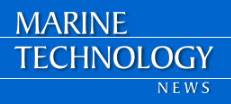
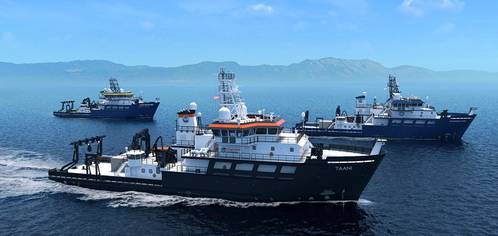
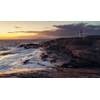
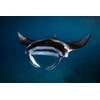

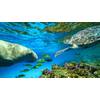
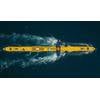







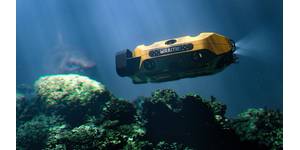
 August 2025
August 2025
